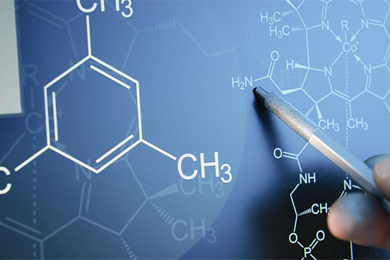
Search

Search

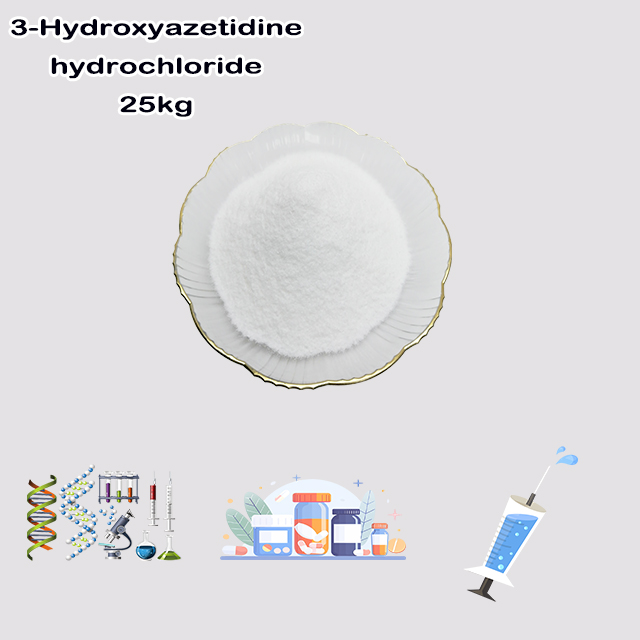









3-Hydroxyazetidine hydrochloride is a versatile chemical building block, specifically a hydrochloride salt of a substituted azetidine (a four-membered nitrogen-containing ring). Its primary use is in pharmaceutical research and development, particularly in medicinal chemistry.
It serves as a key synthetic intermediate for creating more complex molecules. Its main applications include:
Designing protease inhibitors (e.g., for treating hepatitis C).
Developing beta-lactamase inhibitors to combat antibiotic resistance.
Constructing the azetidine core found in various drug candidates, leveraging its rigid structure to influence a molecule's 3D shape and properties.
Basic Chemical and Physical Properties
Fundamental chemical information: Its IUPAC name is azetidin - 3 - ol hydrochloride, with the molecular formula C₃H₈ClNO and a molecular weight of 109.55. It has a CAS number of 18621 - 18 - 6 and an MDL number of MFCD02683887.
Appearance and solubility: It is a white or off-white solid under normal temperature and pressure. It has poor solubility in organic solvents such as anhydrous dichloromethane, chloroform, and ethyl acetate, but dissolves well in strongly polar solvents like water, dimethyl sulfoxide (DMSO), and N,N-dimethylformamide.
Stability and storage: It is stable under normal temperature and pressure but is hygroscopic. It should be stored in a sealed, light-proof container in a well-ventilated and dry environment, avoiding contact with moisture and oxides.
Core Applications
Key intermediate for pharmaceutical synthesis: It is most prominently used in the production of the drug baricitinib, which is approved for treating moderate to severe active rheumatoid arthritis in adults and can be used alone or in combination with methotrexate. Additionally, it serves as a key intermediate in synthesizing oral carbapenem antibiotics like L - 084 and antimicrobial agents such as WQ - 2743, as well as bioactive molecules including the antiepileptic drug zonisamide and the antihypertensive drug azelnidipine.
Component for biopharmaceutical conjugates: It acts as a non - cleavable linker for antibody - drug conjugates (ADCs), playing a vital role in connecting antibodies and active drug molecules to form ADCs. Moreover, it functions as an alkyl chain - based PROTAC (Proteolysis Targeting Chimera) linker, which is applicable to the synthesis of PROTAC molecules that selectively degrade target proteins via the ubiquitin - proteasome system.
Tool for molecular modification: Beyond pharmaceuticals, it is utilized in the modification and derivatization of pesticide molecules and other bioactive molecules in organic synthesis. Its unique azetidine ring structure and hydroxyl group enable it to participate in diverse chemical reactions, facilitating the development of new compounds with targeted activities.
Safety Information
It is labeled as harmful. Relevant hazard signs include R22 (harmful if swallowed), R41 (risk of serious damage to eyes), and R37/38 (irritating to respiratory system and skin). When using it, safety precautions such as wearing protective gear should be taken. In case of eye or skin contact, immediate rinsing with plenty of water is necessary. Meanwhile, it is slightly harmful to water bodies, so it should not be directly discharged into groundwater, waterways, or sewage systems without official approval.


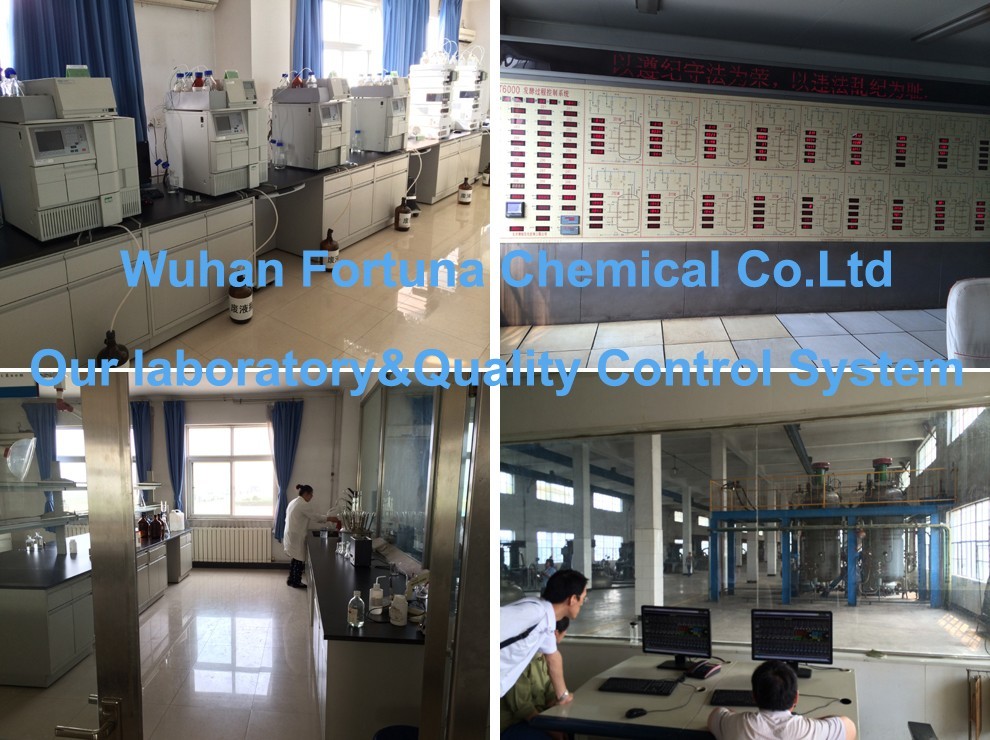

Fortunachem Provides Not Only Professional Chemical Products But Also Professional Help
triphenylphosphonium_bromide主图.jpg)
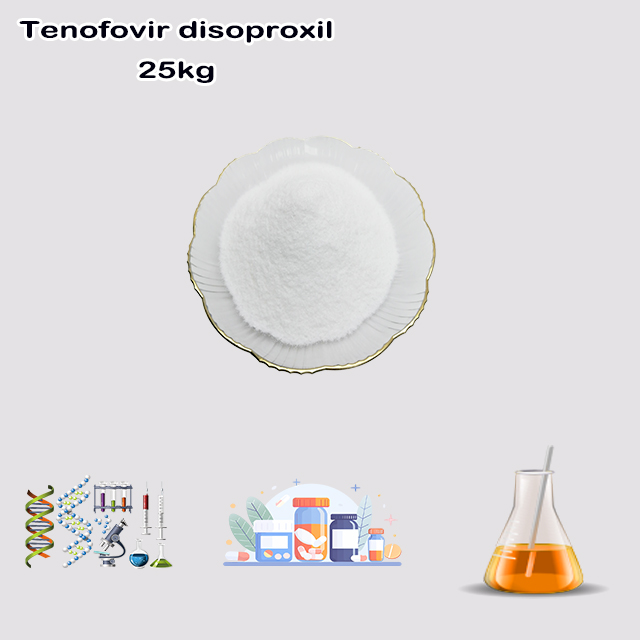
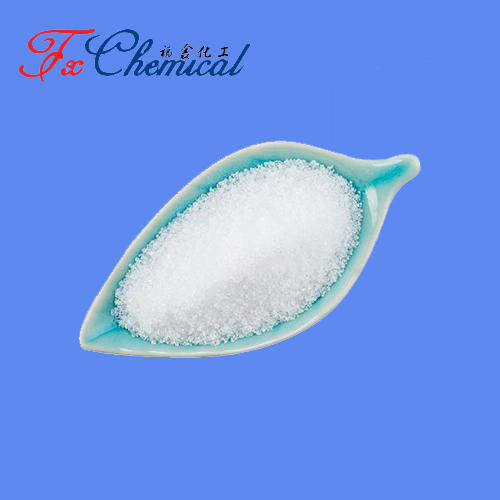

Keeping you up-to-date with all the latest information, news, and events about Fortunachem!

Quick Links
Add:
E-mail:
 English
English  Español
Español  français
français  العربية
العربية 
